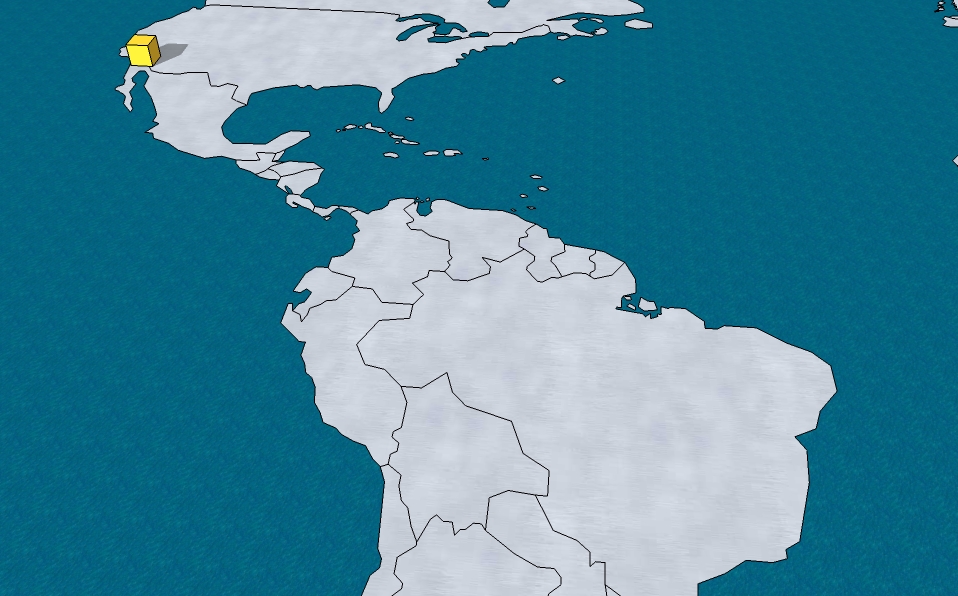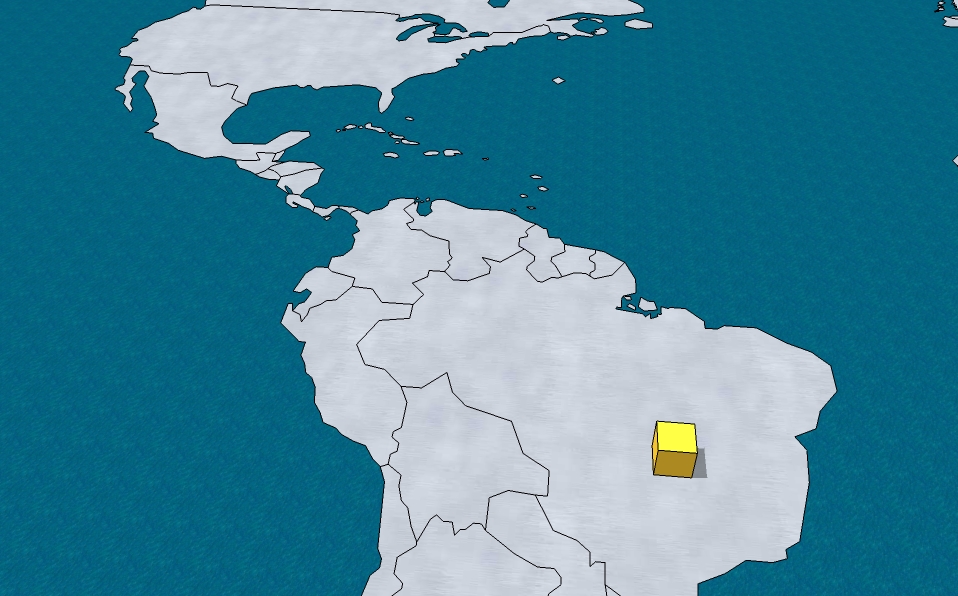HI.
The SightSpace 3D app for iPad was released today. Any one tried it yet?
HI.
The SightSpace 3D app for iPad was released today. Any one tried it yet?
Hi Robert.
My name is Javier and I'm and architect and an astronomy enthusiast. I have just read you post called "Astronomy software?" and very interested on what has been the outcome of your project. I’m also interested because, as you can see on these threads:
http://forums.sketchucation.com/viewtopic.php?f=323&t=27436
http://forums.sketchucation.com/viewtopic.php?f=180&t=27480
about astronomy and sketchup, I was asking for the same thing as you have. My idea was trying to do a plug-in or extension, but after some time only achieved a plug in called "Face Sun" (thanks to thomthom) and thanks to Gabriel at the forum of http://cerebralmeltdown.com another plug in to place a face according to Azimuth and Altitude coordinates.
Besides asking you about your project (that must be a very interesting one), I want to know if you have had luck finding an astronomy software for Sketchup, or if you have find more info about the image of your post. And about this image, when I saw it I just knew I had to share with you a similar image because it also joins astronomy and architecture. It is a project I did for a contest in Nazca, Peru. You can see in the image how the building is aligned so the sun can show trough openings in special dates. Thanks in advanced for any answer.
Hi Chris.
The map in the image is a model I downloaded from the Sketchup warehouse. I'm attaching it to this post. By the way, you have some great video tutorials at youtube, I was watching them before reading your reply.
@chris fullmer said:
Sure, it might be able to be done. Changing the shadows when the cursor moves is probably do-able. Mapping the coordinates of the map to the altitude/latitude and timezone is another matter, and probably rather time consuming. It could be an interesting project though if someone really wanted to tackle it.
And actually I think that your first example might be able to work. Do you have a nice model with a map built into like the one in your images? It might be easier to play around with if the map was supplied.
Chris
Hi again.
Well, it has been 5 days without a single reply, so I will take it as a "No, it can't be done". Still, I'm wondering if it can be done in a different way. Let's forget about moving the object, lets say it stays put. Knowing that there are sliders that can change the date and time and see in real time how shadows change, can a "slider" be done that changes the location coordinates? BUT, instead of having sliders, can the coordinates be inputed by sliding a cursor over an image of a world map and, as the cursor moves over the world, see how shadows change depending on the cursor coordinates? Thanks for any info anyone can provide.
Hi.
I’m interested on making a tool in Sketchup that can show in a very graphical manner how the behavior of shadows is determined by location, this is for academic purposes. The idea is that, instead of inputting the location coordinates on a dialog box and see the shadow output on a fixed 3D shape, I would like to move that shape over a map and see how it’s shadow changes as it’s been moved around the world (see pictures). Have this been done before or is it possible? Thanks for any help.


Hi Chris:
It's not the 3 chapters, it's the complete book.
@chris fullmer said:
Its only the first 3 chapters that are available actually.
But the business model you mentioned is not uncommon. Many authors (ok, well a few authors) publish something entirely online for free, or you can buy a hard copy if you want a tangible copy to hold and touch.
Chris
Automatic Sketchup book can now be freely be downloaded
Hi.
Just wanted to let everybody know that Matthew Scarpino's book Automatic Sketchup can now be freely download at
[link removed]
Read this announcement from Matt himself at
[link removed]
in the May 18 post.
About the book from it’s site:
Automatic SketchUp
Google SketchUp has become one of the most popular tools available for three-dimensional modeling. Its users include architects, engineers, woodworkers, and hobbyists from all across the world. Most designers rely on the toolbar and menus, but SketchUp provides a programming interface that makes it possible to construct designs with scripts coded in the Ruby language.
Automatic SketchUp focuses on this Ruby interface, and explains how to write and execute scripts in the SketchUp environment. With scripts, you can not only form lines, points, and surfaces, but also access advanced features such as animation and web dialogs. You can create custom plugins that extend SketchUp’s capabilities with new tools, menu items, pages, layers, and dialogs.
Automatic SketchUp takes a step-by-step approach to presenting this powerful programming interface, and begins with a simple introduction to the Ruby language. Successive chapters build upon one another, and each provides a wealth of example code to demonstrate the concepts being presented.
Regards.
[mod=Rich:1gkktdzw]Removing suspicious links[/mod:1gkktdzw]
Hi Morisdov:
As I wrote on the first post, one of the uses of the plugin is helping in the research of how the bodies in the night sky can be used to contemporary design (please do not mistake this for astrology). So a lot of rotating goes along, orienting a single face to various points in the sky until finding the right one. Since this thread, I have simplified my request of the plugin here:
http://forums.sketchucation.com/viewtopic.php?f=180&t=27876
Regards.
@morisdov said:
Hi Javier, I cant guess which faces in your 3D model should have the ability to reorient themselves towards anything.
The "archeological site construction" which is the only 3D model is frozen by history and must be locked for any changes whatsoever.
you should place in that 3D model many Skethcup "cameras" and orient only them to face certain directions towards the sky at a certain date and time point. (like the sky of the longest day of year 500 BC or 1492).
You can ANIMATEvia sketchups standard view animation features to "look" form the cameras - this will be your demonstration of this whole idea.You may add lines from the cameras to the cameras target point(star in the sky) to emphesize and "prove" and "explore" that the archeological site was indeed constructed in ancient times in accordance and perspective related to stars positions of specific dates and times.
As an unrelated side note - i recommend exploring when "perspective" was first "invented" in each cultures paintings
Cheers, Moris
Thanks Kyyu, will try it out right now.
Javier
@kyyu said:
This should get you started. I really can't help you more. It just happens, I am researching something similar, so familiar with the rotation commands. I am starting from your 2nd picture and assuming the plane normal is the green axis. The simple script just rotates whatever is selected with the assumed normal. About the origin, 30 deg and then 50 deg. So just select the parts, and type this into the ruby console to run the script (correct the path to where you have the script):
load 'c:/Rotate_Plane_example.rb'
Hi and thanks for everybody who has taken the time to read my post. I'm not a programmer but would like to make this plug-in, so I'm wondering if someone can help me find similar plug-ins or codes that would help me understand and program it. Thanks.